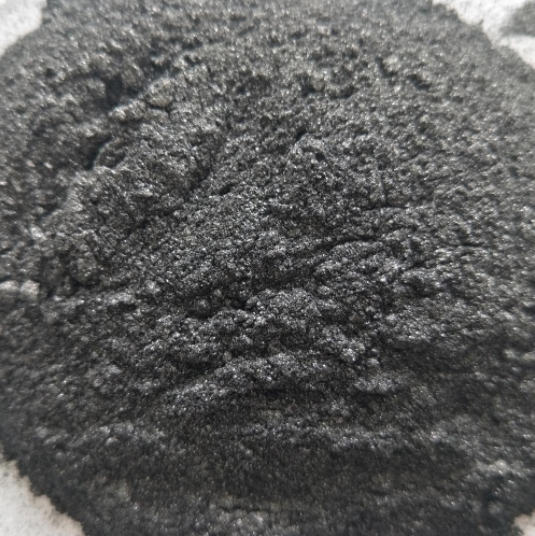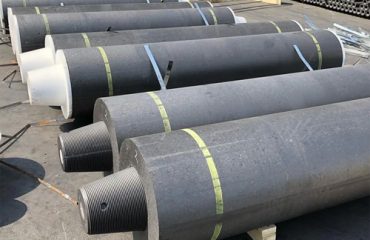
1. High temperature resistance: graphite is one of the most high temperature resistant materials known at present. Its melting point is 3850 ℃± 50 ℃ and its boiling point is 4250 ℃. Under 7000 ℃ ultra-high temperature arc for 10s, the graphite loss is the smallest, and the graphite loss is 0.8% by weight. It can be seen that the high temperature resistance of graphite is very prominent.
2. Special thermal shock resistance: graphite has good thermal shock resistance, that is, when the temperature changes suddenly, the thermal expansion coefficient is small, so it has good thermal stability and will not produce cracks when the temperature changes rapidly.
3. Thermal conductivity and conductivity: graphite has good thermal conductivity and conductivity. Compared with ordinary materials, its thermal conductivity is quite high. It is 4 times higher than stainless steel, 2 times higher than carbon steel and 100 times higher than ordinary non-metal.
4. Lubricity: the lubricity of graphite is similar to that of molybdenum disulfide, and the friction coefficient is less than 0.1. Its lubricity varies with the scale size. The larger the scale, the smaller the friction coefficient, and the better the lubricity.
5. Chemical stability: graphite has good chemical stability at room temperature and can resist acid, alkali and organic solvent corrosion.

